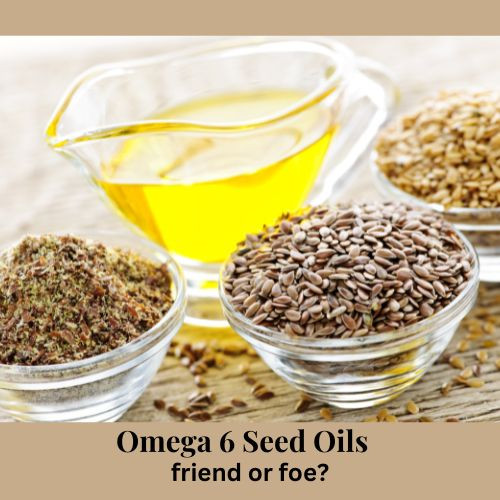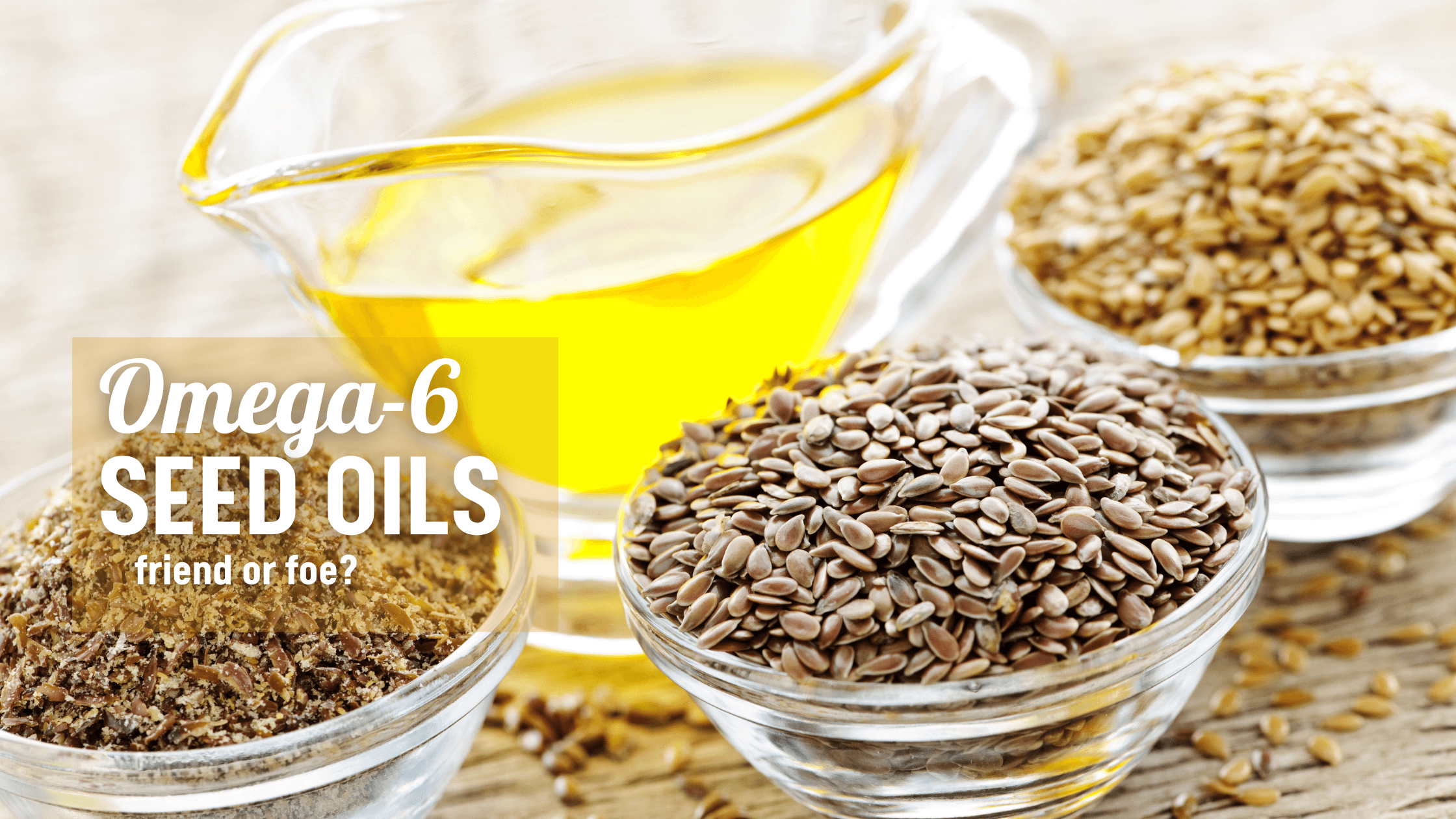

🌻 Let’s Talk About Seed Oils
It’s Not All Black and White
Seed oils have been a hot topic lately—and, like many things in nutrition, the conversation is more complex than simply labeling them “good” or “bad.”
Oils like sunflower, canola, and grapeseed are rich in Omega-6 fatty acids—a type of essential fat that your body needs but can’t make on its own. That means we rely on food or supplements to get them.
Omega-6s play a wide range of important roles in your body:
🧠 Supporting brain function
🦴 Aiding bone growth
🔥 Regulating metabolism
❤️ Contributing to reproductive and cellular health
💓 And yes, they’re considered heart-friendly—often helping lower LDL (bad cholesterol) and raise HDL (good cholesterol).
🧠 Supporting brain function
🦴 Aiding bone growth
🔥 Regulating metabolism
❤️ Contributing to reproductive and cellular health
💓 And yes, they’re considered heart-friendly—often helping lower LDL (bad cholesterol) and raise HDL (good cholesterol).
But like many nutrients, the story isn’t one-dimensional.
Omega-6s are often associated with inflammation, and while that sounds negative, inflammation isn’t always bad—it’s also part of the body’s healing process. Some researchers suggest Omega-6s may contribute to inflammation in excess, while others believe they help regulate it. The reality? It likely depends on context and balance.
That balance is key.
In a healthy diet, Omega-6s should be in proportion with Omega-3s (the fats found in foods like flax, walnuts, and salmon). A common recommendation is a ratio around 1:4 or even 1:2, Omega-3 to Omega-6. But in a typical Western diet, that ratio often shifts dramatically—sometimes as high as 1:20.
In a healthy diet, Omega-6s should be in proportion with Omega-3s (the fats found in foods like flax, walnuts, and salmon). A common recommendation is a ratio around 1:4 or even 1:2, Omega-3 to Omega-6. But in a typical Western diet, that ratio often shifts dramatically—sometimes as high as 1:20.
So, while many of us get plenty of Omega-6s, we may be falling short on Omega-3s. If you're curious about your own balance, it's worth checking in with a provider or nutritionist. Even small changes—like adding more Omega-3-rich foods—can support better harmony in the body.
🛠️ What About How Seed Oils Are Made?
Another part of the seed oil conversation is processing. Many oils are extracted using high heat or chemical solvents. These methods can damage the oil or leave behind unwanted residues. On the flip side, cold-pressed oils are gentler and retain more of their natural nutrients.
Heat is also an issue during cooking—especially when oils are used for deep frying or reheated multiple times. Most seed oils aren’t very heat-stable, and when repeatedly exposed to high temperatures, they can become rancid or break down in ways that may not support health.
Some people choose more stable fats, like lard, tallow, ghee, or coconut oil, for higher-heat cooking. These fats are less prone to damage when exposed to heat. That said, organizations like the American Heart Association still recommend limiting saturated fats and continue to stand by seed oils as heart-healthy.
So, again—it’s about making informed choices that align with your values, health needs, and how your body feels.
🌰 A Final Thought
If you’re looking to explore this more deeply, Chris Kresser has a thoughtful article that looks at the benefits of Omega-6s when consumed from whole, minimally processed sources. He also points out that even healthy ingredients—like almond flour, a go-to in gluten-free baking—can be surprisingly high in Omega-6s when cooked at high heat.
So, should you avoid seed oils completely? Not necessarily. But being aware of how often they show up in processed foods, how they’re cooked, and how they balance with other fats in your diet—that’s where the power lies.
It’s not about fear. It’s about balance, awareness, and learning to work with your body, not against it.
- Most omega-6 fatty acids come from vegetable oils like corn oil, soybean oil, and sunflower oil, which are high in linoleic acid (LA) that can be converted to ARA in the body.
- Arachidonic acid (AA) is the key omega-6 fatty acid that serves as the precursor for pro-inflammatory mediators.












